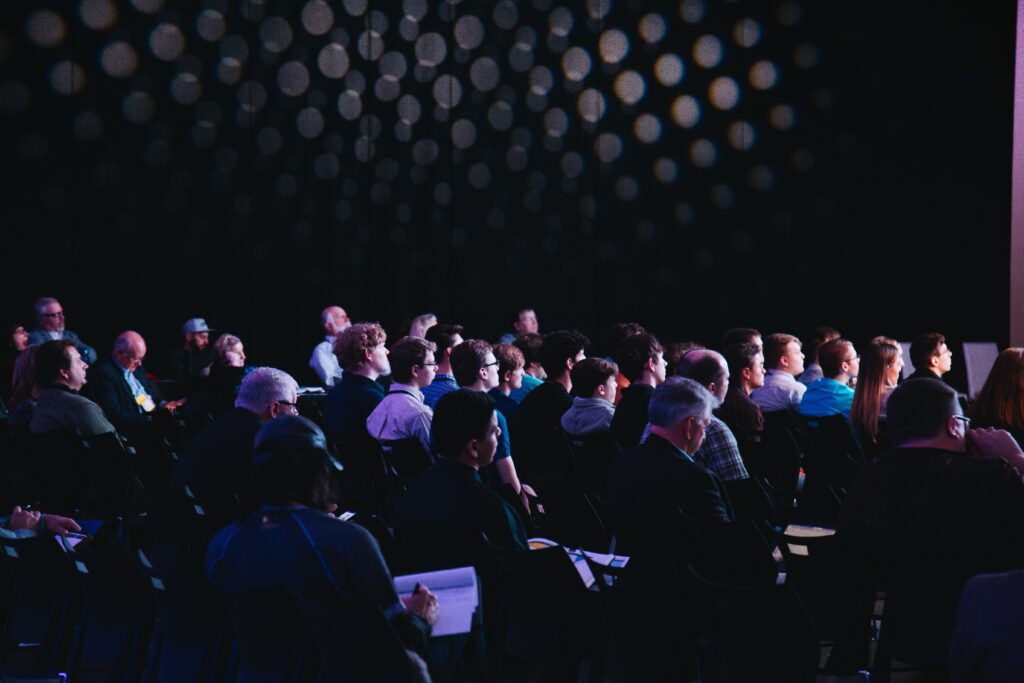
Over the past 15 years, NAATBatt has grown from a suggestion by then-Senator Barack Obama to support the battery industry. Today, NAATBatt is an international organization promoting “the development and commercialization of electrochemical energy storage technology and the revitalization of advanced battery manufacturing in North America.”
This August, I attended the sixth annual NAATBatt Workshop in Indianapolis bringing battery industry and supply chain professionals together to share current market intelligence about the advanced battery industry. This is North America’s largest and most important program on battery recycling. I was able to meet industry leaders and hear about the latest developments in lithium-based battery recycling. Learning about new and ground-breaking business and technology in this field helps me to help the lithium and battery clients of Perlmutter & Idea Development (P&ID).
The business of black mass
I enjoyed the workshop discussion about black mass handling. Black mass is the valuable material gained after the mechanical shredding of a lithium-ion battery (LIB). Black mass, which you can read more about in my Chemical Processing column, “Barry on Batteries,” is defined as:
- cathode active material (lithium, nickel, cobalt and manganese)
- anode active material (graphite, silicon and lithium)
- residual metals (copper and aluminum)
The presentations addressed safety issues for dust, process solvents, acids and heavy metals. As I’ve written before, safety is a critical consideration throughout process engineering.
Breaking down battery handling
Battery handling, prior to the shredding step, is another important focus area. I learned that there is a difference between a dismantler and a processor of batteries. A dismantler keeps the electric vehicle (EV) parts for resale while the processor produces the materials for reuse. Both of these types of operations require that the batteries have zero charge. The charge can be reduced by saltwater brine soaking or via electrical techniques.
Workshop participants also discussed the differences between lithium ion batteries and lithium iron phosphate batteries (LiFePO4) or LFP batteries (lithium ferrophosphate). Cobalt-free LFP batteries offer lower cost, high safety, low toxicity, long cycle life and other benefits. With these advantages, LFP batteries have continued to expand their market share. According to the Visual Capitalist, LFPs grew from 6% of the EV market in 2020 to 30% in 2022.
Another innovation among the many types of battery designs and approaches to recycling? The battery passport. Already in use in Europe, a battery passport securely captures information on battery usage. This enables real-time alerts and intelligent reported of the battery’s detailed history. North America is also investigating this link in the battery value chain.
Economics critical in LIB recycling
Finally, we discussed how to increase LIB recycling revenue stream via higher quality and categorizing of the black mass and improving downstream chemical processing efficiency.
I was able to discuss how P&ID contributes to the market by providing (1) preliminary engineering packages for LIBs discharging, dry (inerted) shredding/crushing/granulating, black mass vacuum drying with gas treatment / electrolyte recovery, dedusting, and classifying and sorting the different fractions. I also introduced people to our complete skid-mounted equipment packages. Based upon the engineering in phase 1, Packages range from 50 kg/hour up to 4 m-tons/hour for single process lines.
P&ID’s message to battery industry attendees was simple: ACT like a recycler but THINK like a chemical plant. P&ID is in a position to assist at all stages of the process. Contact me to discuss these ideas via in-person or virtual meetings. Let’s optimize and improve together.

